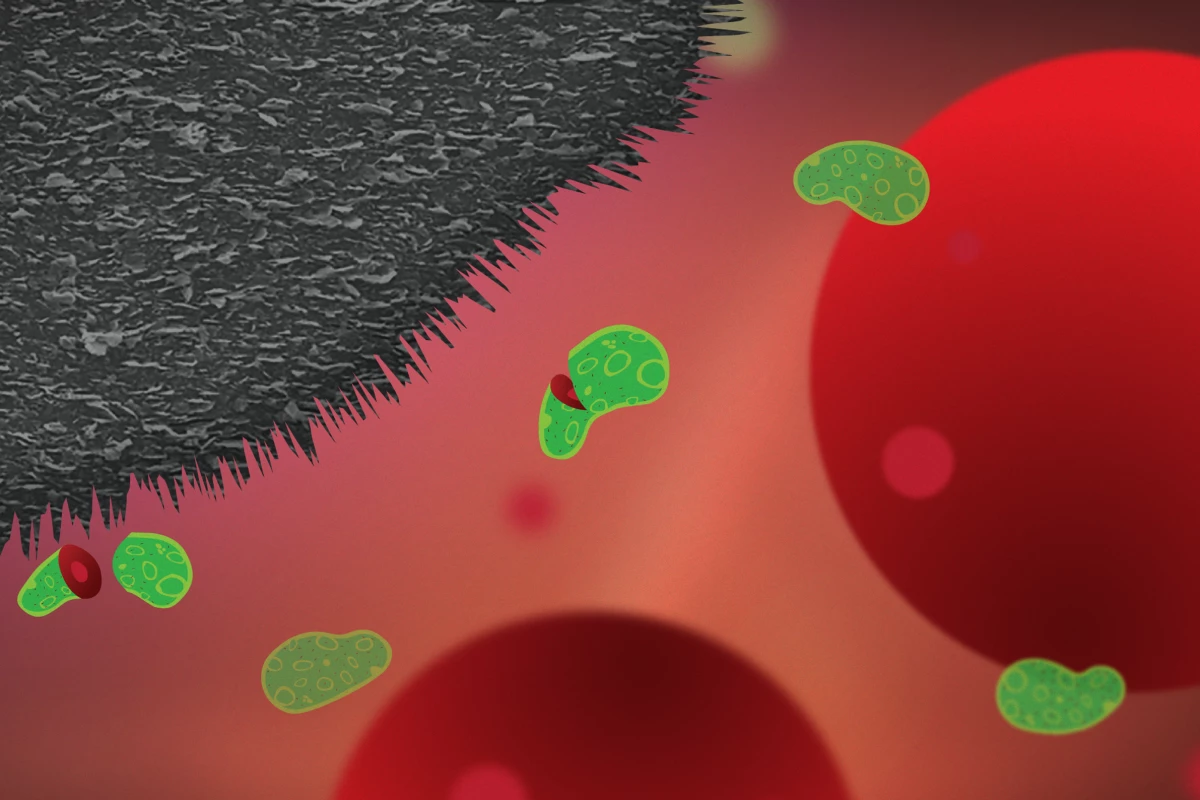There's always a risk that implanted medical devices will become colonized with bacteria, causing infections and sometimes even needing to be removed. Such complications could soon be less likely, though, thanks to a new graphite nanoplatelet coating.
The technology is being developed by scientists at Sweden's Chalmers University of Technology, who previously created something similar using graphene flakes. In that case, the coating consisted of a horizontal substrate material, from which individual flakes of graphene protruded vertically.
If a bacterium were to land on the coating, the sharp edges of the flakes would cut through its protective outer membrane, killing it. As a result, the microbe wouldn't be able to start colonizing the implant's coated surface. The principle actually isn't that different than the spiked surfaces that are designed to keep birds from roosting in certain areas.
One of the problems with that earlier coating, however, lay in the fact that production of the graphene flakes was (and still is) quite costly. With that limitation in mind, the researchers looked to graphene's cheaper carbon-based source material, graphite.
They proceeded to create a new coating, consisting of a polyethylene base and protruding graphite nanoplatelets – the most effective mix ratio was about 15 to 20 percent optimally-oriented platelets, with the polymer making up the rest.
Those nanoplatelets work in much the same way as the graphene flakes, killing bacteria by cutting into them. Importantly, though, human cells aren't harmed. This is because any one cell is about 25 times larger than an individual bacterium, so the platelets would do little more than scratch it.
"In addition to reducing patients' suffering and the need for antibiotics, implants like these could lead to less requirement for subsequent work, since they could remain in the body for much longer than those used today," says postdoctoral researcher Santosh Pandit. "Our research could also contribute to reducing the enormous costs that such infections cause health care services worldwide."
The research is described in a paper that was recently published in the journal Small.




